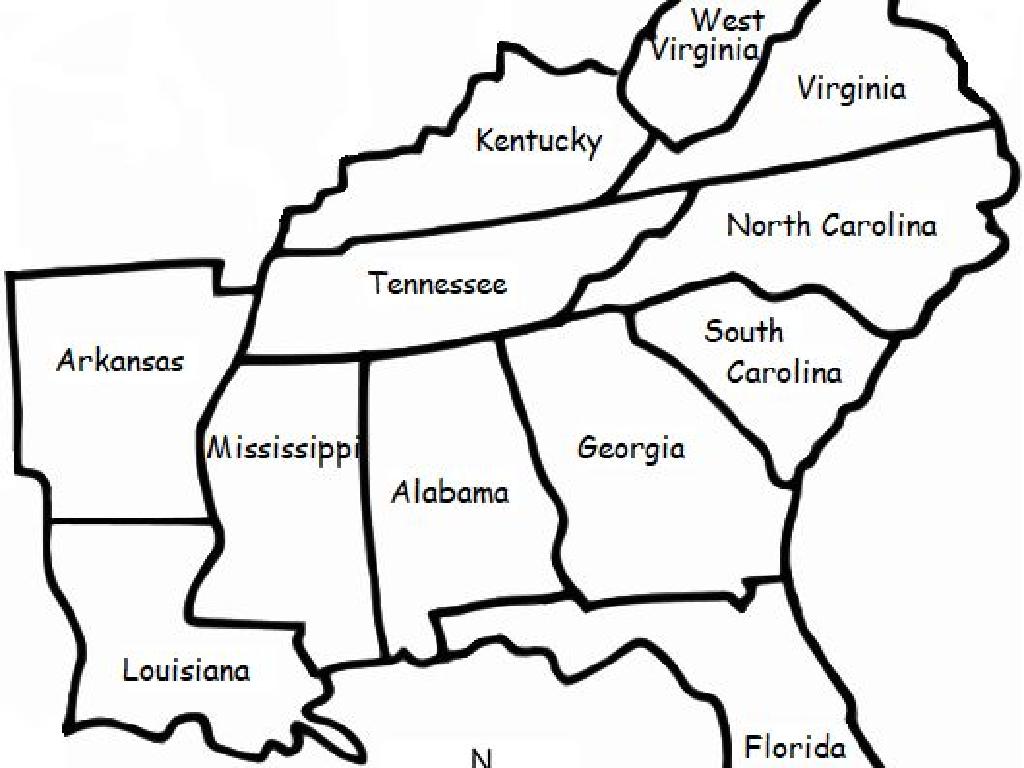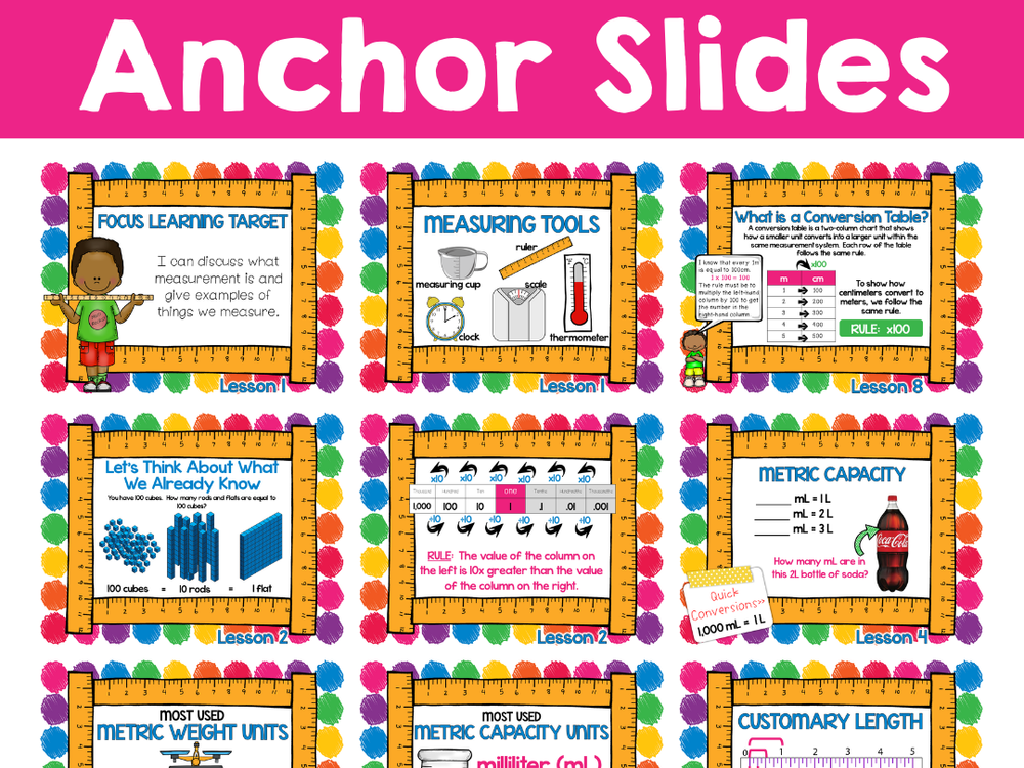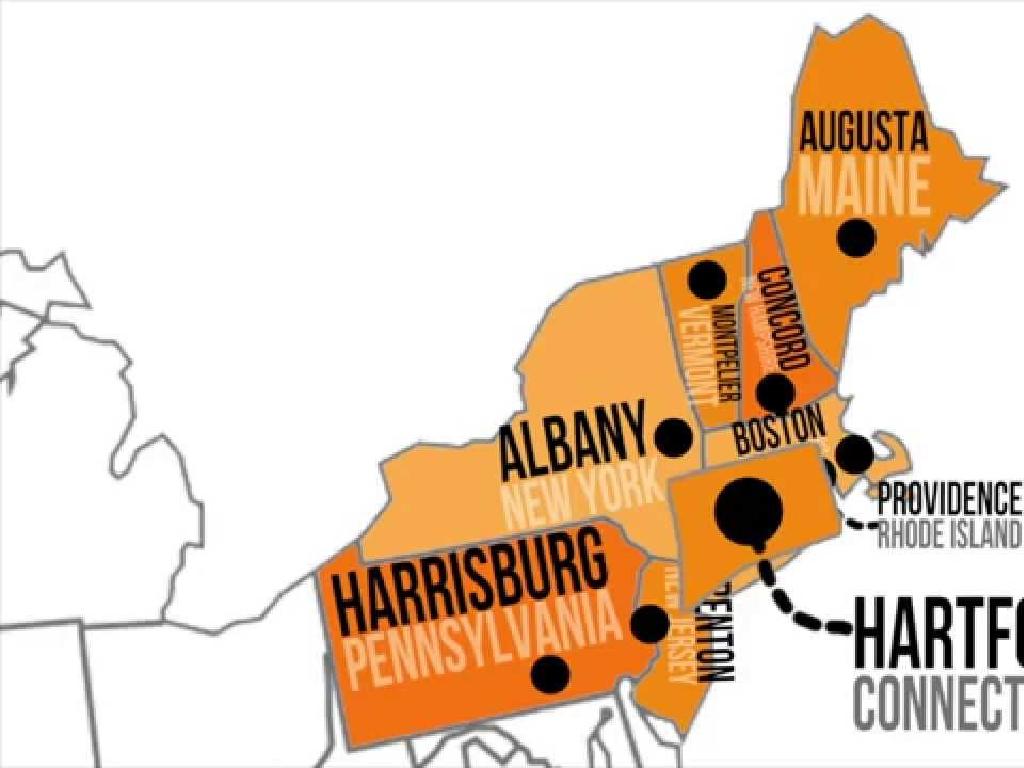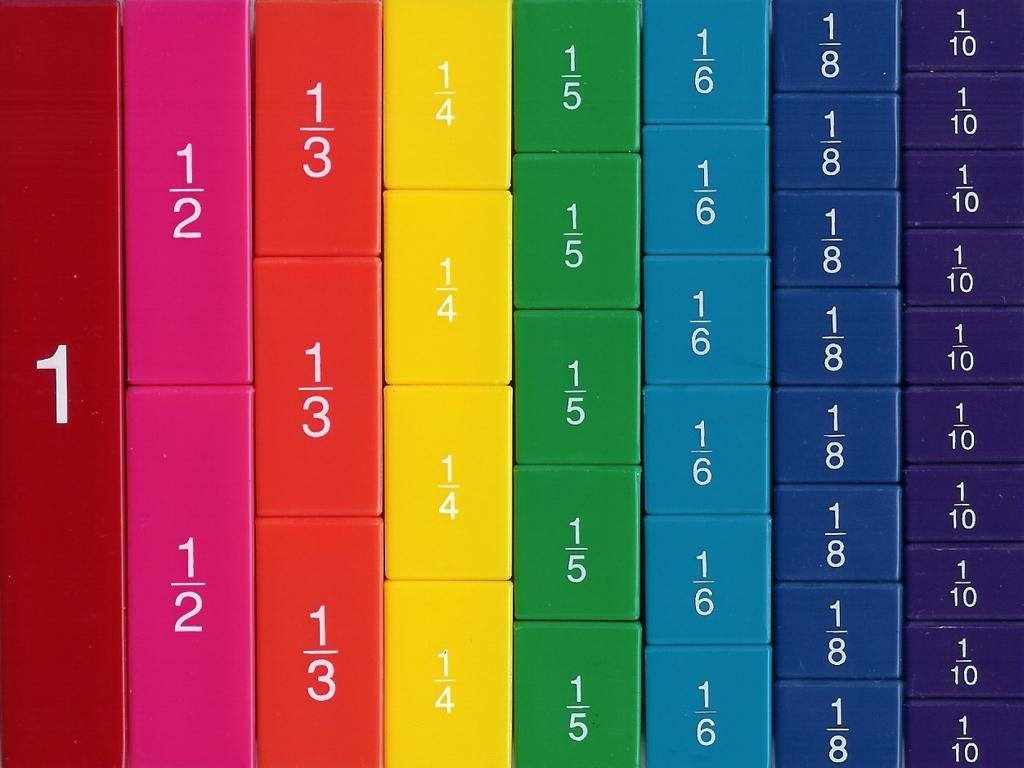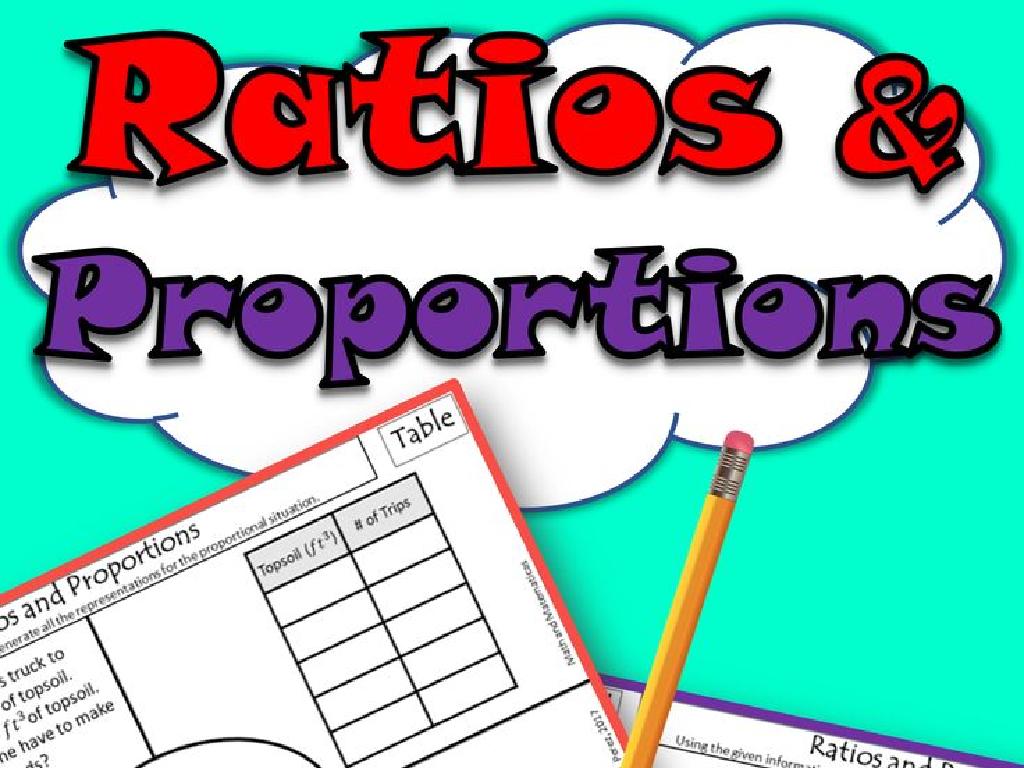Find The Elapsed Time: Word Problems
Subject: Math
Grade: Third grade
Topic: Elapsed Time
Please LOG IN to download the presentation. Access is available to registered users only.
View More Content
Welcome to Elapsed Time!
– Learning about Elapsed Time
– Understanding time passage
– How long from start to finish?
– Definition of ‘elapsed time’
– ‘Elapsed time’ is the time that has passed during an event.
– Discussing elapsed time examples
– For example, how long a class or a game lasts.
|
This slide introduces the concept of elapsed time to third-grade students. Begin by explaining that elapsed time is the amount of time that goes by from the start of an event to the end of it. Ask the students what they think ‘elapsed time’ means to gauge their prior knowledge and encourage participation. Provide simple, relatable examples such as the duration of their lunch break or a TV show they watch. This will help them connect the concept to their everyday lives. The goal is to ensure students understand that elapsed time is a measure of the duration of an event.
Understanding Elapsed Time
– Elapsed time definition
– The time that passes from start to end of an event.
– Comparing to outdoor play
– Just like timing how long you play in the yard!
– Using clocks to measure time
– Clocks help us see the start and end times.
– Practice with word problems
|
This slide introduces the concept of elapsed time to third-grade students by defining it and relating it to a familiar activity: playing outside. Explain that elapsed time is like a stopwatch that starts when an event begins and stops when the event ends. Use examples of starting playtime and ending playtime to make it relatable. Show how we can use clocks to find out how long something lasts by looking at the time when it starts and the time when it ends. Encourage students to think of times they have wondered how long they’ve done an activity. Conclude by mentioning that we will practice finding elapsed time through word problems, which will help them understand and apply the concept in real-life situations.
Clock Basics: Understanding Time
– Review parts of a clock
– A clock has 2 main hands to tell time
– Minute hand vs. hour hand
– The long hand counts minutes, the short hand shows hours
– 60 minutes in an hour
– When the long hand goes around once, an hour has passed
– Practice telling time
|
This slide is aimed at helping third-grade students review the fundamental aspects of a clock, which is essential for understanding elapsed time. Start by pointing out the two main hands of a clock and explain the difference between the minute hand (long hand) and the hour hand (short hand). Emphasize that there are 60 minutes in one hour, which is one full rotation of the minute hand around the clock. Engage the students in a hands-on activity where they practice setting the time on classroom clocks or paper clock cutouts. This will solidify their understanding of the clock’s mechanics before moving on to more complex concepts like calculating elapsed time.
Telling Time Review
– Reviewing how to tell time
– Hour and minute hands at 3:30
– The hour hand is between 3 and 4, minute hand at 6
– Hour and minute hands at 7:45
– The hour hand is between 7 and 8, minute hand at 9
|
This slide is aimed at refreshing the students’ knowledge on reading analog clocks. Start by asking the students to visualize a clock and discuss the position of the hour and minute hands for different times. For 3:30, the hour hand is halfway between the 3 and the 4, while the minute hand is at the 6, indicating 30 minutes past the hour. For 7:45, the hour hand is three-quarters past the 7, and the minute hand is at the 9, indicating 45 minutes past the hour. Use this review to ensure students are comfortable with the basics before moving on to more complex elapsed time word problems.
Understanding Elapsed Time
– Starting and ending times
– Calculate time passed
– Example: 1:00 PM to 2:00 PM
– If an event starts at 1:00 PM and ends at 2:00 PM
– 1 hour has elapsed
– From start to end, 1 full hour has passed
|
This slide introduces the concept of elapsed time to third-grade students using a simple and relatable example. Begin by explaining that elapsed time is the amount of time that passes from the start of an event to its end. Use the example provided to show how to calculate elapsed time when the start and end times are exactly one hour apart. Emphasize that when the minute hand on a clock makes a full circle, an hour has passed. Encourage students to think of other activities that take about an hour to further solidify the concept. In the next class, we can explore more complex elapsed time problems.
Finding Elapsed Time: Word Problems
– Understand start and end time
– Calculate hours and minutes passed
– Example: School day length
– If school starts at 8:00 AM and ends at 2:00 PM, how long is the school day?
– Practice with class activity
– We’ll solve elapsed time problems together as a class
|
This slide introduces the concept of elapsed time, which is the time that passes from the start of an event to its end. Begin by explaining how to read a clock and determine the start and end times. Then, demonstrate how to calculate the total hours and minutes that have passed. Use a relatable example, such as the length of a school day, to illustrate the concept. Finally, engage the class with a hands-on activity where students work through elapsed time word problems, either individually or in small groups. Provide guidance and support as they apply what they’ve learned to practical examples.
Calculating Elapsed Time
– Start time: 3:15 PM
– End time: 4:45 PM
– How long did it take?
– Sally spent how many hours and minutes on homework?
– Step-by-step solution
– Find the difference between end and start times.
|
This slide introduces a practical word problem to help students understand the concept of elapsed time. Sally’s homework start and end times are given, and students are prompted to calculate the total time spent. The problem is broken down into manageable steps to ensure comprehension. Teachers should guide students through the process of finding the difference between the start and end times, emphasizing the importance of tracking hours and minutes separately. Encourage students to use clocks or number lines if they find it helpful to visualize the passage of time. This exercise will reinforce their time-telling skills and their ability to solve real-world problems involving time.
Calculating Elapsed Time: Step by Step
– First, calculate hours difference
– If an event started at 3 PM and ended at 5 PM, the hours difference is 2 hours.
– Next, calculate minutes difference
– If it started at 3:15 PM and ended at 5:45 PM, the minutes difference is 30 minutes.
– Add hours and minutes for total time
– Total elapsed time from 3 PM to 5:45 PM is 2 hours and 30 minutes.
– Practice with word problems
|
To help students understand the concept of elapsed time, start by explaining how to find the difference in hours between the start and end times. Then, teach them to calculate the difference in minutes. Once they have both values, they should add them together to find the total elapsed time. Use word problems to give them practice with real-life scenarios, such as determining how long a movie lasts or the duration of a trip. Encourage students to use clocks or timelines if they need visual aids to help with their calculations.
Practice Problems: Calculating Elapsed Time
– Solve the given scenarios
– Find the elapsed time
– How much time passed from start to end?
– Use clocks to help visualize
– Draw the start and end times, then count the hours and minutes in between
– Discuss answers with classmates
– Share your solutions and understand different methods
|
This slide is designed to engage students in solving practical elapsed time problems. Provide them with a series of word problems that require them to calculate the amount of time that has passed between two events. Encourage them to use clock faces to visualize the start and end times, which can make it easier to see the elapsed time. After they have attempted the problems, have them discuss their answers in small groups to learn from each other’s strategies. Possible activities could include: 1) A story where a character goes through a day with different activities, and students calculate the time between activities. 2) Real-life scenarios such as the time between school periods or the duration of a TV show. 3) Timed puzzles where students have to find the elapsed time before a timer runs out. 4) Group challenges where teams compete to solve elapsed time problems the fastest. 5) Creative writing where students invent their own word problems involving elapsed time for classmates to solve.
Class Activity: Timekeepers
– Pair up: Timekeeper & Event Planner
– Event Planner states event times
– For example, ‘Lunch starts at 12:00 PM and ends at 12:45 PM’
– Timekeeper calculates elapsed time
– Use clocks or time number lines to find the difference
– Switch roles and repeat
|
This interactive activity is designed to help students practice calculating elapsed time in a fun and engaging way. By working in pairs, students can collaborate and help each other understand the concept better. As the ‘Event Planner’, a student will come up with an event, like a lunch break or a soccer game, and provide a start and end time. The ‘Timekeeper’ will then calculate the time that has passed between the two. Afterward, they’ll switch roles to give each student a chance to practice both parts. For the teacher: Prepare a list of possible events with varying durations to suggest in case students have difficulty coming up with their own. Also, have some practice clocks or time number lines available for students to use as visual aids. Encourage students to explain their thought process to their partner to reinforce their understanding.
Wrapping Up: Elapsed Time
– Congratulations on learning elapsed time!
– Homework: Elapsed time worksheet
– Solve the problems to find how much time passed
– Practice with word problems
– Use the start and end times to figure it out
– Aim for perfection through practice
|
Today’s lesson on elapsed time was a success, and students should now have a better understanding of how to calculate the amount of time that has passed between two events. The homework assignment consists of a worksheet with various word problems that require students to apply what they’ve learned. Remind them to look at the start and end times to determine the elapsed time. Encourage them to take their time and check their work, as practice is essential for mastering this concept. In the next class, we will review the homework and address any questions or difficulties the students may have encountered.

